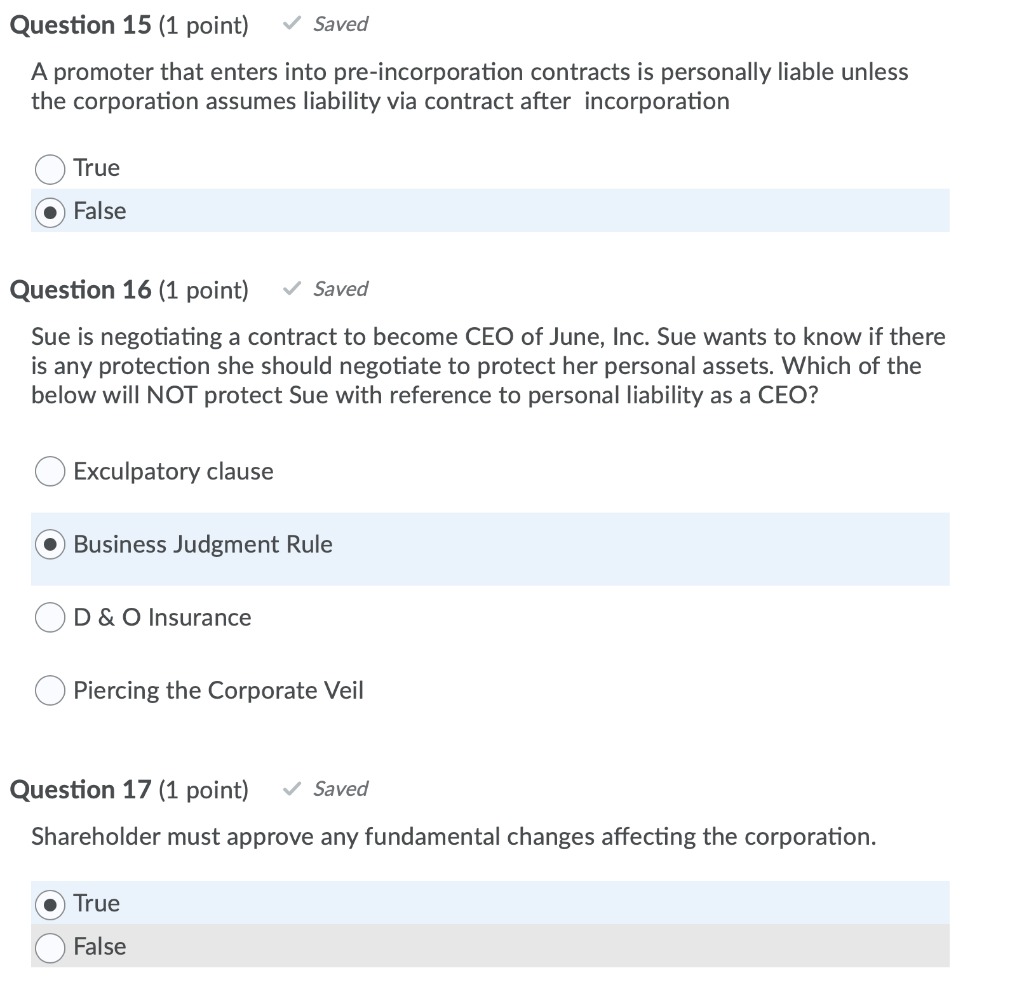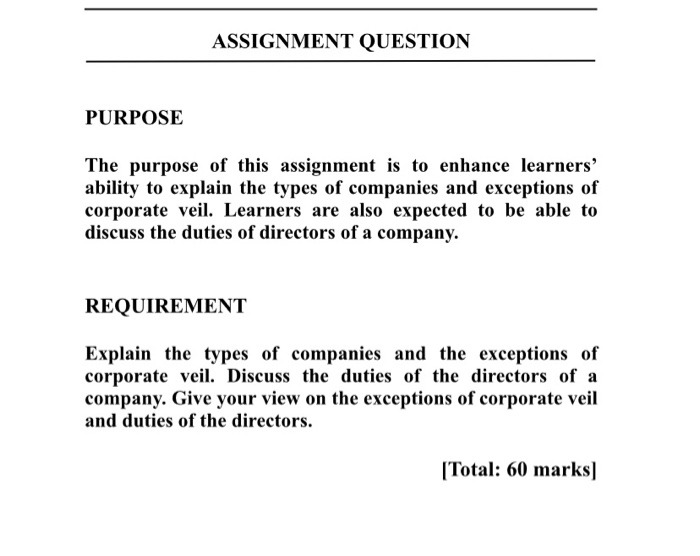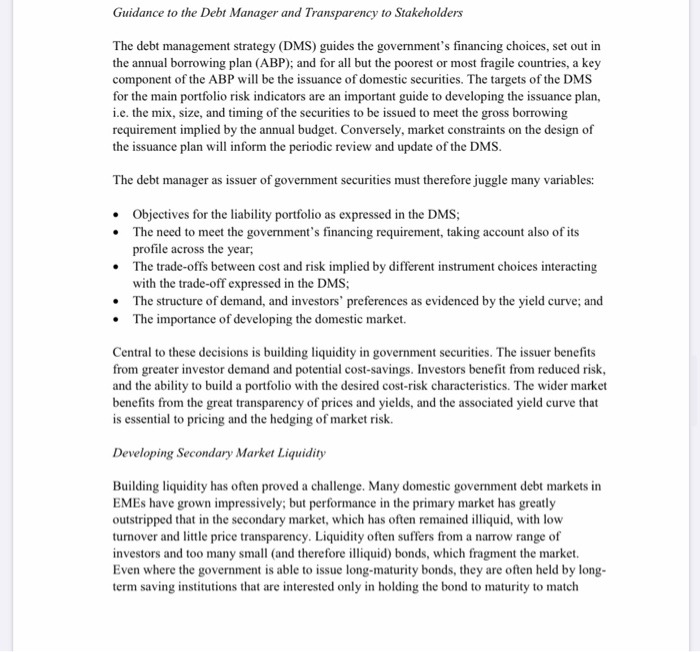Question
CASE OUTLINE Jim Foster is the owner of Selwyn Pub in North Carolina. Jim's family was the owner of the pub for over four decades.




CASE OUTLINE
Jim Foster is the owner of Selwyn Pub in North Carolina. Jim's family was the owner of the pub for over four decades. The distinguishing feature of the Selwyn Pub is the massive oak tree in front of the pub, its branches and leaves cascading over the side walk. The tree became the arbor for outdoor dining and pub services, giving a natural gift of green shade and breeze through the hot summer months and cool sunshine in early Fall and late Spring. The outdoor area was approximately 50 feet by 50 feet. Each table occupies 12 feet by 8 feet, seating 22 tables.
Over the years, Jim noticed that the tree was not as abundant and despite repeatedly service from expert arborists (tree doctors), the tree was in failing health. The past expenses over these years totaled $5,000. The town decided that the tree was danger to property and people and decided on its imminent removal.
Foster was convinced that nothing would replace the tree to his business and to its patron. However, will the removal of the tree offer opportunities for his business? Clearly, each replacement would involve different costs and benefits to his business. These are some of the thoughts Foster considered.
A. Do nothing. This becomes the new baseline for all decisions because the competitive advantage offered by the shade of a beautiful tree is no more. Foster observes that the loss of shade can potentially reduce both indoor and outdoor revenue, compared to past experience.
B. Invest in a non-retractable awning to creating a outdoor space, giving additional protection in clear and rainy days. Foster was concerned that the non-retractable awning would block outdoor sunshine and adversely impact both indoor and outdoor revenue? Could non-retractable awning raise revenue on rainy days and reduce revenue on bright, hot days?
C. Invest in a retractable awning to create outdoor space, giving the option of both sunshine and share. Could this option raise both outdoor and indoor revenue streams?
Foster estimated explicit costs as follows:
1) Do nothing
2) Costs of non-retractable awning: $50,000
3) Costs of retractable awning $100,000
Foster also estimates that financing investment would require additional bank loan. The interest rate on the loan is estimated at 7% annually. Foster intends to apply for a business line, pay interest only for 12 months and the principal back at the end of 12 months. Foster projected marginal costs and marginal revenue for the above alternatives. These projections are shown in Additional Inputs spread sheet.
QUESTIONS
1. Using your knowledge of marginal analysis and present value analysis for the evaluation of extant decisions (potential investment), evaluate the alternatives presented above and recommend to Foster the best rational decision. Use a 7% annual discount rate for calculating Net Present Value. Hint: Use excel function =NPV to calculate the PV of future cash flows over the 12 months. Use the annual cost of bank funds, adjusted to a monthly rate, as the discount rate.
6 Develop the benefits and costs relating to all 3 scenarios (do nothing, install non-retractable awning, install retractable awning) , then perform marginal analysis by comparing alternatives 2 and 3 with 1, and finally compute NPV.




Step by Step Solution
There are 3 Steps involved in it
Step: 1

Get Instant Access to Expert-Tailored Solutions
See step-by-step solutions with expert insights and AI powered tools for academic success
Step: 2

Step: 3

Ace Your Homework with AI
Get the answers you need in no time with our AI-driven, step-by-step assistance
Get Started


